Open 7 Days a Week
Available After Hours
Carpenter Bee Extermination Central Atlanta
$59 Pest Control

Carpenter Bee Extermination Central Atlanta
$59 Pest Control
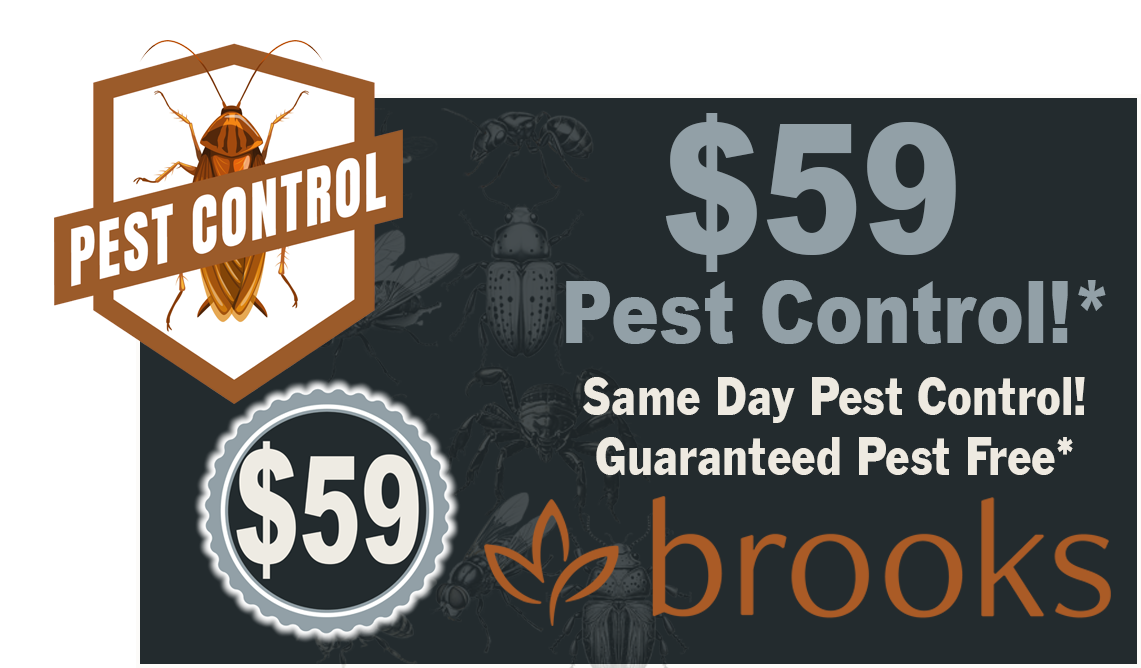

*$59 initial pest control service
Choose Us for Pest Control
- Satisfaction Guarantee
- Pet and Eco Friendly
- Award Winning Service
- Family Owned & Operated
- Call Before Noon for Same Day Service
- Free Re-treatment When Applicable
- Licensed, Bonded, Insured
$59 Pest Control!
Call us Now 678-626-5849
$59 Pest Control!
Call us Now 678-626-5849
Carpenter Bee Pest Control
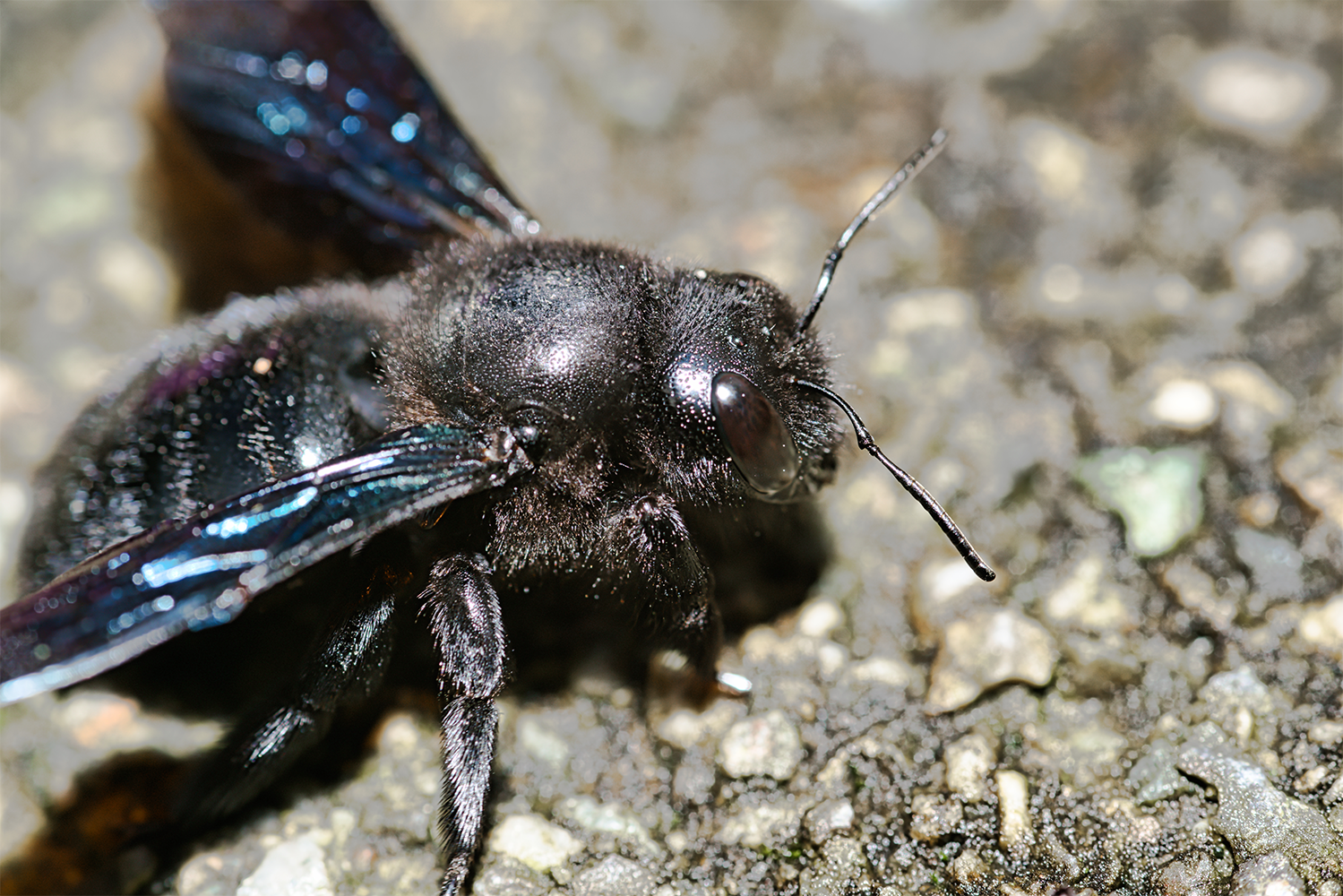
Understanding Carpenter Bees: Identification, Life Cycle & Damage
Carpenter bees are a common nuisance for homeowners due to their nesting habits and noisy presence. Though they rarely cause serious structural damage, their ability to burrow into wood can lead to long-term issues if left untreated.
What Are Carpenter Bees?
Carpenter bees (genus Xylocopa) are often mistaken for bumblebees because of their large size and buzzing behavior. However, a key difference is their smooth, shiny black abdomens—unlike the hairy abdomens of bumblebees. Female carpenter bees measure between 5/8 to 1 inch in length and can have a metallic blue or black sheen. Males are typically lighter in color, with golden or pale hair on the thorax, especially in species like the valley carpenter bee.
The Carpenter Bee Life Cycle
Female carpenter bees bore perfectly round entrance holes—about ½ inch in diameter—into untreated or unpainted wood to create their nesting galleries. These tunnels extend 6 to 10 inches and are divided into cells where each egg is laid alongside a pollen ball for nourishment.
Bees may reuse and expand old nesting tunnels, creating complex networks that can stretch up to 10 feet deep over time. After three months of development from egg to adult, new bees emerge in late summer, feed on pollen and nectar, and seek shelter in old tunnels through winter. The following spring, they re-emerge to mate and begin the nesting cycle again. Typically, there is one generation of carpenter bees per year.
Understanding Carpenter Bees: Identification, Life Cycle & Damage
Carpenter bees are a common nuisance for homeowners due to their nesting habits and noisy presence. Though they rarely cause serious structural damage, their ability to burrow into wood can lead to long-term issues if left untreated.

What Are Carpenter Bees?
Carpenter bees (genus Xylocopa) are often mistaken for bumblebees because of their large size and buzzing behavior. However, a key difference is their smooth, shiny black abdomens—unlike the hairy abdomens of bumblebees. Female carpenter bees measure between 5/8 to 1 inch in length and can have a metallic blue or black sheen. Males are typically lighter in color, with golden or pale hair on the thorax, especially in species like the valley carpenter bee.
The Carpenter Bee Life Cycle
Female carpenter bees bore perfectly round entrance holes—about ½ inch in diameter—into untreated or unpainted wood to create their nesting galleries. These tunnels extend 6 to 10 inches and are divided into cells where each egg is laid alongside a pollen ball for nourishment.
Bees may reuse and expand old nesting tunnels, creating complex networks that can stretch up to 10 feet deep over time. After three months of development from egg to adult, new bees emerge in late summer, feed on pollen and nectar, and seek shelter in old tunnels through winter. The following spring, they re-emerge to mate and begin the nesting cycle again. Typically, there is one generation of carpenter bees per year.
How to Prevent and Treat Flea Infestations
Effective flea prevention requires a combination of steps:
Regular Grooming: Frequent grooming helps detect fleas early and reduce their population on your pets.
Flea Prevention Products: Use vet-recommended flea collars, shampoos, or topical treatments to protect your pets year-round.
Clean Home and Yard: Regularly vacuum carpets, wash pet bedding, and clear debris from your yard to remove potential hiding spots for fleas.
Do Carpenter Bees Cause Damage?
Yes, carpenter bees can cause cosmetic and structural damage to wooden buildings. Although they don’t consume wood like termites, their nesting activity weakens timbers and can lead to unsightly holes and staining from debris and waste. They prefer softwoods like southern yellow pine, cedar, redwood, Douglas fir, and cypress, especially if the wood is bare, weathered, or unpainted. Most hardwoods are naturally resistant.
Their presence can be alarming due to their buzzing and aggressive hovering. However, male carpenter bees are harmless—they can’t sting. Female carpenter bees have stingers but usually only sting when handled or threatened.
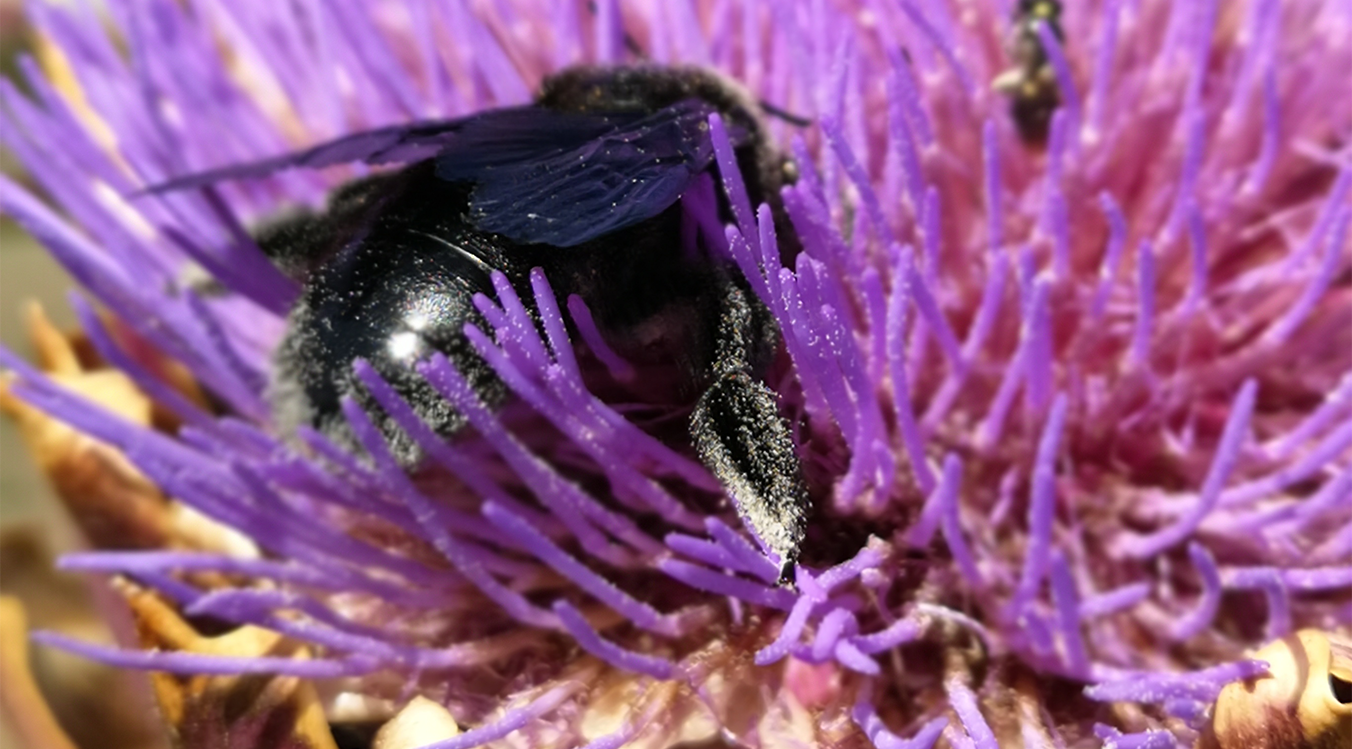
Protect Your Property from Carpenter Bee Damage
If you notice carpenter bees hovering near wooden surfaces or see round holes appearing in exterior structures, it’s time to take action. Preventative treatments, sealing exposed wood, and professional pest control services can help protect your home from ongoing damage.
Top Signs You Have a Carpenter Bee Infestation
Carpenter bees are expert wood borers and can quietly infest wooden structures around your home or business. While they may not be as obvious as other pests, there are several clear indicators of carpenter bee activity that homeowners should watch for. Here’s how to spot an infestation before it leads to more serious damage.
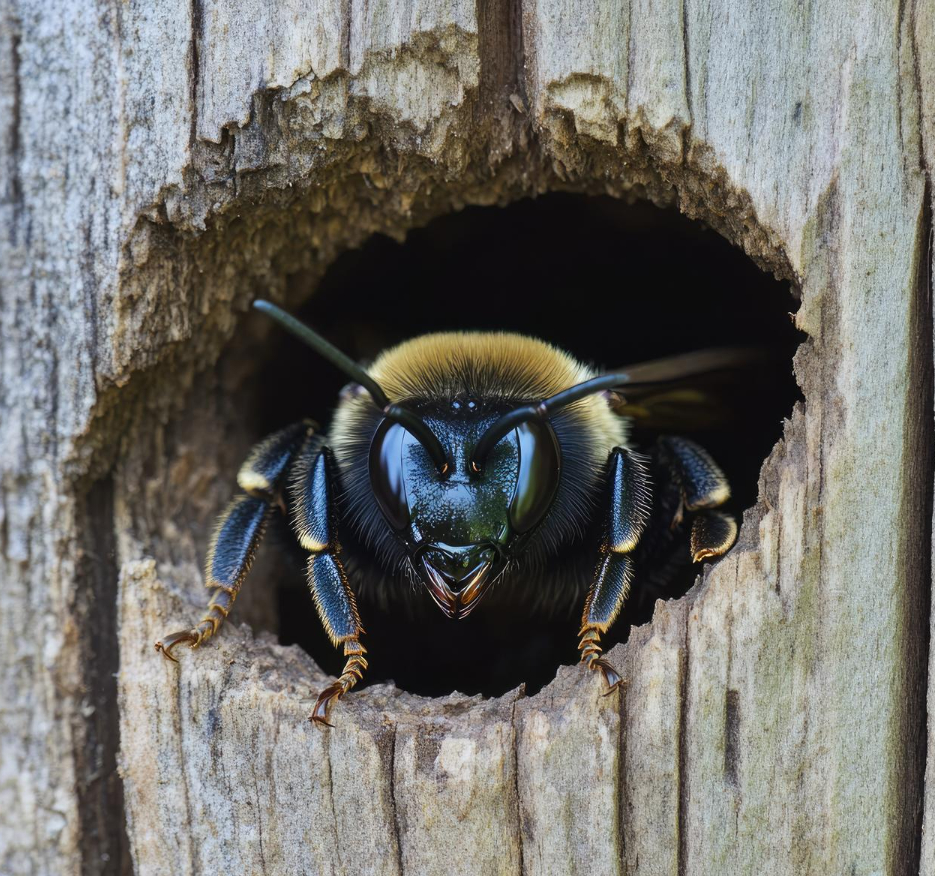
1. Persistent Buzzing Near Wood Surfaces
One of the first signs is an unusual buzzing sound coming from eaves, decks, or fences. This is not just any bee buzzing—it’s a low, constant drone caused by carpenter bees boring into wood. If you hear a humming near wooden trim or siding, it's time to investigate further.
2. Small Piles of Sawdust (Frass)
Carpenter bees don’t eat wood—they excavate it. As they drill into surfaces to form their tunnels, they push out fine sawdust-like shavings, known as frass. These small piles usually collect directly beneath the entry holes, often on porches, railings, or windowsills.
3. Perfectly Round Holes in Wood
Carpenter bees create smooth, round entry holes that are about ½ inch in diameter—roughly the size of a pencil eraser. These holes are typically found in soft, unpainted wood and serve as the entry point to their nesting tunnels. Multiple holes in one area suggest a growing infestation.
4. Hovering Bees Around Nesting Sites
Male carpenter bees, although harmless, are often seen hovering near entry holes in wood. They’re highly territorial and will patrol the area aggressively, especially during the mating season. If you notice large bees flying back and forth near your roofline or deck, it's a red flag.
5. Secondary Damage from Woodpeckers
If you’re seeing additional damage to wooden structures, such as pecking marks or larger holes, woodpeckers might be involved. These birds are drawn to carpenter bee nests to feed on the larvae inside, compounding the destruction caused by the bees themselves.
Act Quickly to Protect Your Property
Ignoring the signs of a carpenter bee infestation can lead to long-term structural damage and costly repairs. If you spot any of the above symptoms, contact a professional pest control service immediately to assess the situation and recommend effective carpenter bee removal solutions.
Do Carpenter Bees Cause Damage?
Yes, carpenter bees can cause cosmetic and structural damage to wooden buildings. Although they don’t consume wood like termites, their nesting activity weakens timbers and can lead to unsightly holes and staining from debris and waste. They prefer softwoods like southern yellow pine, cedar, redwood, Douglas fir, and cypress, especially if the wood is bare, weathered, or unpainted. Most hardwoods are naturally resistant.
Their presence can be alarming due to their buzzing and aggressive hovering. However, male carpenter bees are harmless—they can’t sting. Female carpenter bees have stingers but usually only sting when handled or threatened.
Protect Your Property from Carpenter Bee Damage
If you notice carpenter bees hovering near wooden surfaces or see round holes appearing in exterior structures, it’s time to take action. Preventative treatments, sealing exposed wood, and professional pest control services can help protect your home from ongoing damage.
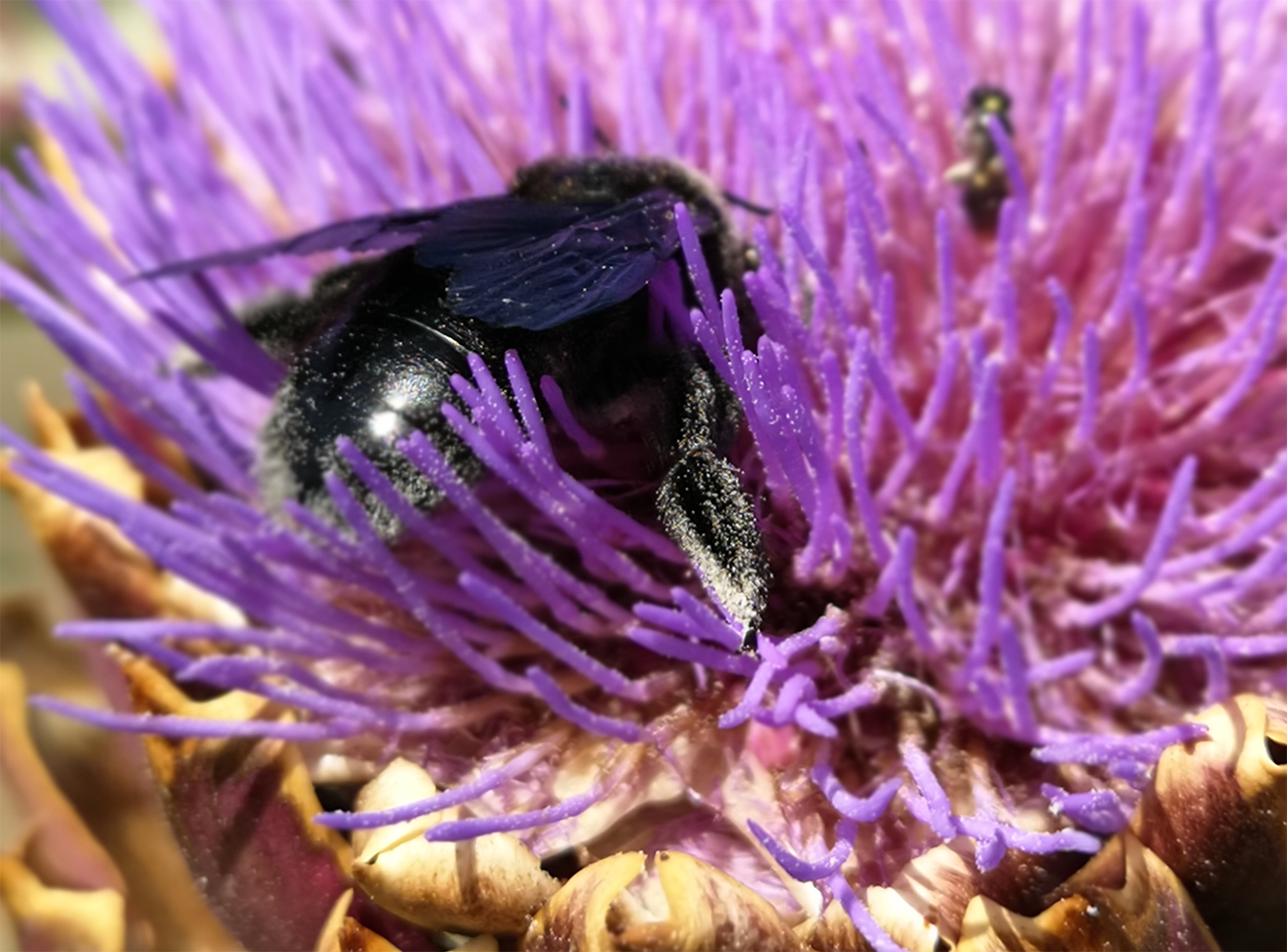
$59 Pest Control!
Call us Now 678-626-5849
Top Signs You Have a Carpenter Bee Infestation
Carpenter bees are expert wood borers and can quietly infest wooden structures around your home or business. While they may not be as obvious as other pests, there are several clear indicators of carpenter bee activity that homeowners should watch for. Here’s how to spot an infestation before it leads to more serious damage.

1. Persistent Buzzing Near Wood Surfaces
One of the first signs is an unusual buzzing sound coming from eaves, decks, or fences. This is not just any bee buzzing—it’s a low, constant drone caused by carpenter bees boring into wood. If you hear a humming near wooden trim or siding, it's time to investigate further.
2. Small Piles of Sawdust (Frass)
Carpenter bees don’t eat wood—they excavate it. As they drill into surfaces to form their tunnels, they push out fine sawdust-like shavings, known as frass. These small piles usually collect directly beneath the entry holes, often on porches, railings, or windowsills.
3. Perfectly Round Holes in Wood
Carpenter bees create smooth, round entry holes that are about ½ inch in diameter—roughly the size of a pencil eraser. These holes are typically found in soft, unpainted wood and serve as the entry point to their nesting tunnels. Multiple holes in one area suggest a growing infestation.
4. Hovering Bees Around Nesting Sites
Male carpenter bees, although harmless, are often seen hovering near entry holes in wood. They’re highly territorial and will patrol the area aggressively, especially during the mating season. If you notice large bees flying back and forth near your roofline or deck, it's a red flag.
5. Secondary Damage from Woodpeckers
If you’re seeing additional damage to wooden structures, such as pecking marks or larger holes, woodpeckers might be involved. These birds are drawn to carpenter bee nests to feed on the larvae inside, compounding the destruction caused by the bees themselves.
Act Quickly to Protect Your Property
Ignoring the signs of a carpenter bee infestation can lead to long-term structural damage and costly repairs. If you spot any of the above symptoms, contact a professional pest control service immediately to assess the situation and recommend effective carpenter bee removal solutions.
$59 Pest Control!
Call us Now 678-626-5849
Schedule A Call for a FREE QUOTE:
Open 7 Days a Week
Available After Hours
We will get back to you as soon as possible
Please try again later
Schedule A Call for a FREE QUOTE:
Open 7 Days a Week
Available After Hours
We will get back to you as soon as possible
Please try again later
Testimonials
It looks like Brooks Pest is the “Real Deal”. I’ve been using them for several months now and so far we are happy customers. The customer service has been great. Technicians are on time and responsive. The attention to detail is great !
My technician went above and beyond explaining the different chemicals and products he was going to use. He exceeded my expectations. Cant wait to. Recommend this service to my neighbors and friends.
Each time I've had a tech come and do service, they were friendly and highly professional. Took time to explain the products they were using. Also fast and efficient not missing any details. I Would recommend.
Carpenter Bee Exterminator near me
Serving Central Atlanta and Surrounding Areas
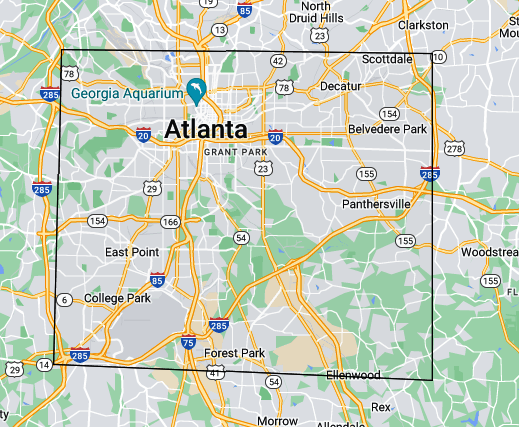
Atlanta
Scottdale
Decatur
Belvedere
Grant Park
Panthersville
East Point
College Park
Forest Park
Ellenwood
Chastain Park
Buckhead
Whitewater Creek
Riverside
Paces
Adamsville
Oakland City
Greenbriar
Kirkwood
Fairburn Mays
Collier Heights
West End
$59 Pest Control!
Call us Now 678-626-5849
Serving Central Atlanta and Surrounding Areas
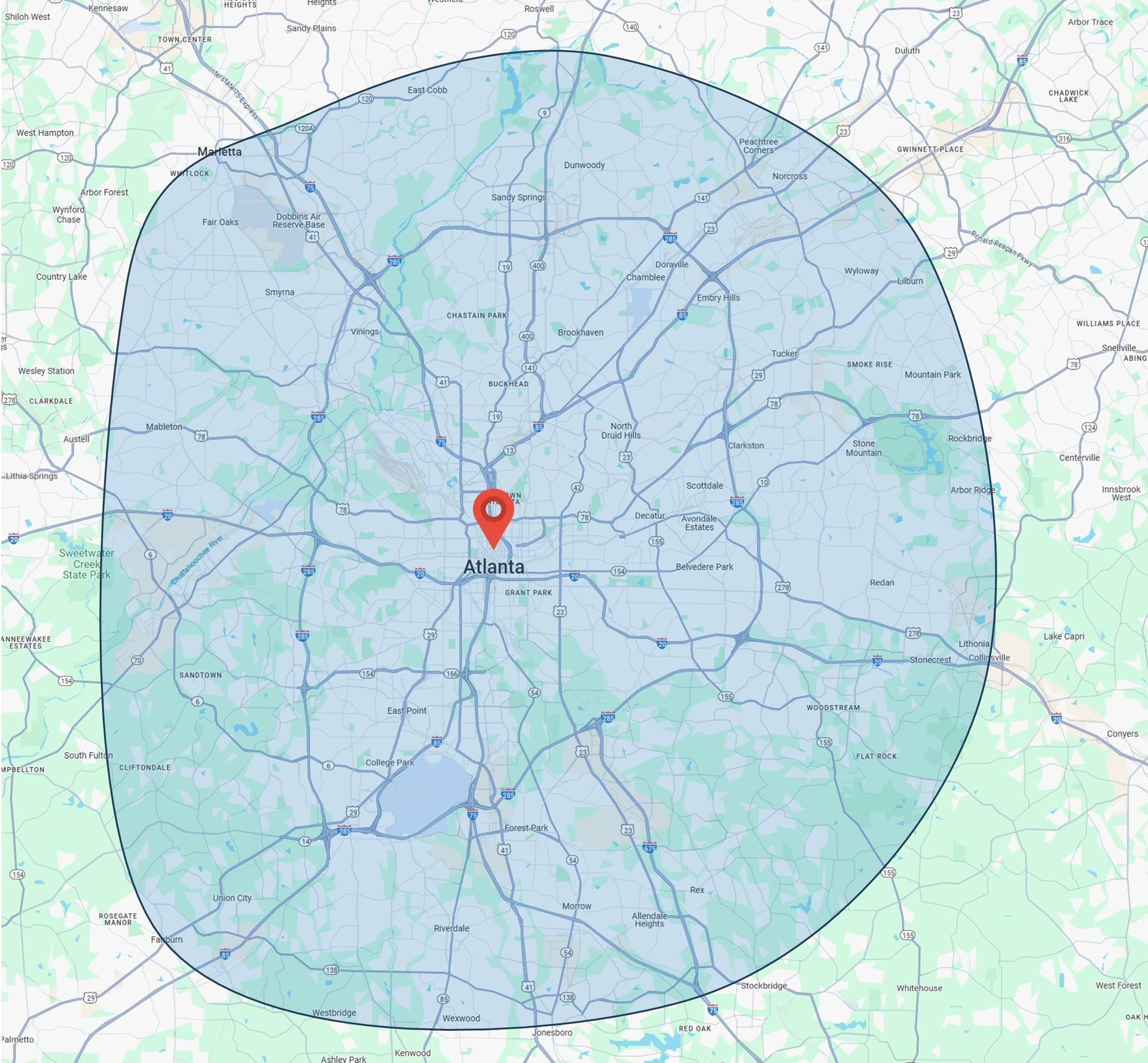
Atlanta
Scottdale
Decatur
Belvedere
Grant Park
Panthersville
East Point
College Park
Forest Park
Ellenwood
Chastain Park
Buckhead
Whitewater Creek
Riverside
Paces
Adamsville
Oakland City
Greenbriar
Kirkwood
Fairburn Mays
Collier Heights
West End
$59 Pest Control!
Call us Now 678-626-5849
